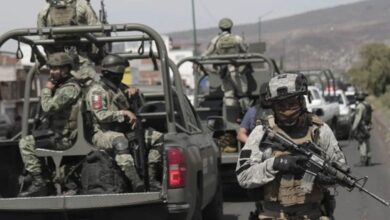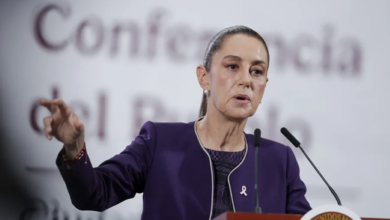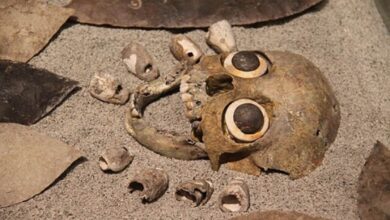Mexico, Guatemala, And Belize Unite to Shield the Maya Forest
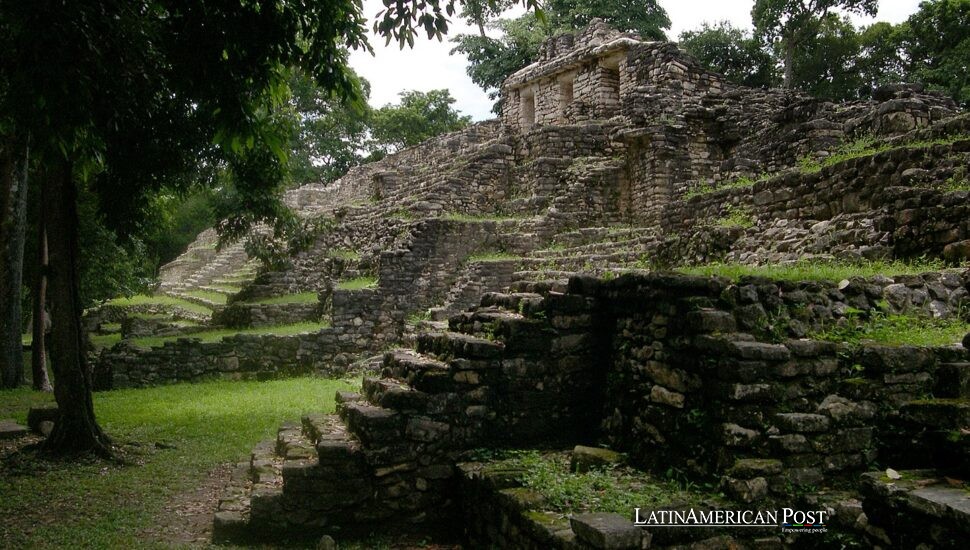
Three neighbors unveiled the Great Mayan Jungle Biocultural Corridor, a 14-million-acre expanse across southern Mexico, northern Guatemala, and Belize. The Associated Press (AP) reports the plan marries security muscle with community stewardship to confront cartels, deforestation, and megaproject temptations.
A corridor built on security and sovereignty
From the outset, officials cast the corridor as a conservation project with a hard edge. The Great Mayan Jungle Biocultural Corridor—more than 14 million acres (5.7 million hectares) of rainforest spanning three countries—would be the second‑largest nature reserve in the Americas after the Amazon, according to AP. But protecting a living forest that straddles borders also means reclaiming lawless ground.
“The first thing is that the security forces begin to have a presence,” Guatemala’s environment minister Patricia Orantes told AP, describing a region “abandoned and left to organized crime.” In interviews with AP, Mexico’s environment secretary Alicia Bárcena echoed that assessment, saying the three nations will need to reinforce patrols and coordination: “We’re not going to protect the forest ourselves, the security secretary has to help, the army.”
Environmental groups have warned for years that this transboundary jungle is studded with clandestine airstrips receiving cocaine‑laden planes, corridors used by migrant smugglers, and illegal logging camps. The ministers’ candor underscored a core premise of the corridor: biodiversity cannot thrive where the state is absent.
Their challenge, AP reported, will be to restore a sense of sovereignty without repeating past mistakes—arriving with troops alone and leaving communities with few alternatives to criminal economies.
Turning border communities into partners
If security is the shield, communities are the hinge. Guatemalan lawyer and environmental activist Rafael Maldonado told AP it will be vital “to convert communities that are believed to participate in drug trafficking into allies of the park.”
Orantes agreed, arguing that any credible plan must offer viable livelihoods. Mexico’s answer is to expand “Sembrando Vida” (“Planting Life”), a cash‑for‑tree‑planting program that pays landowners to cultivate fruit and timber species.
Bárcena told AP the program carries a budget of nearly $2 billion and is being adjusted to align more tightly with environmental goals after criticism that earlier iterations inadvertently encouraged clearing in Campeche. Success will depend on nuance.
As sustainability specialist Juan Carlos Franco explained to AP, civil society groups working inside towns that already “coexist” with illegal activity have learned to build biocultural stewardship from the ground up. In his view, the state must act as “guarantor” of security while letting community‑based management, Indigenous knowledge, and local enterprise take the lead.
That means channeling resources into forest‑compatible economies—shade cacao, regulated timber, community tourism, traditional crafts—backed by real market access. It also means treating residents as co‑managers rather than bystanders in a protected area drawn on a map far away.
Promises, trains, and the perils of megaprojects
Another fault line runs through the corridor’s pledge to forgo megaprojects that offer growth while opening arteries of environmental damage. Belize has expressed interest in extending Mexico’s Maya Train, the new 950‑mile tourist railway looping the Yucatán Peninsula. Bárcena told AP the line sits outside the corridor’s borders and said her agency is working with the Army‑run operating company to mitigate existing impacts.
Still, skepticism lingers in Mexico’s southeast, where activists like Pedro Uc—interviewed by AP—doubt the government’s conservation vows while the ruling party that built the railway remains in power. Guatemala is drawing a brighter line.
Orantes told AP that President Bernardo Arévalo will not allow megaprojects in the corridor, noting his government declined to renew an oil concession in the Maya Biosphere Reserve and has already ruled out a Maya Train extension through protected areas.
The logic is simple, Orantes said: once you cut roads into a forest, you invite everything that follows—speculators, invaders, loggers, traffickers. The corridor’s credibility may hinge on these choices.
Conservation, after all, lives in the details: an avoided road here, a canceled lease there, a farm‑to‑market scheme that keeps a village profitable without burning a hectare.
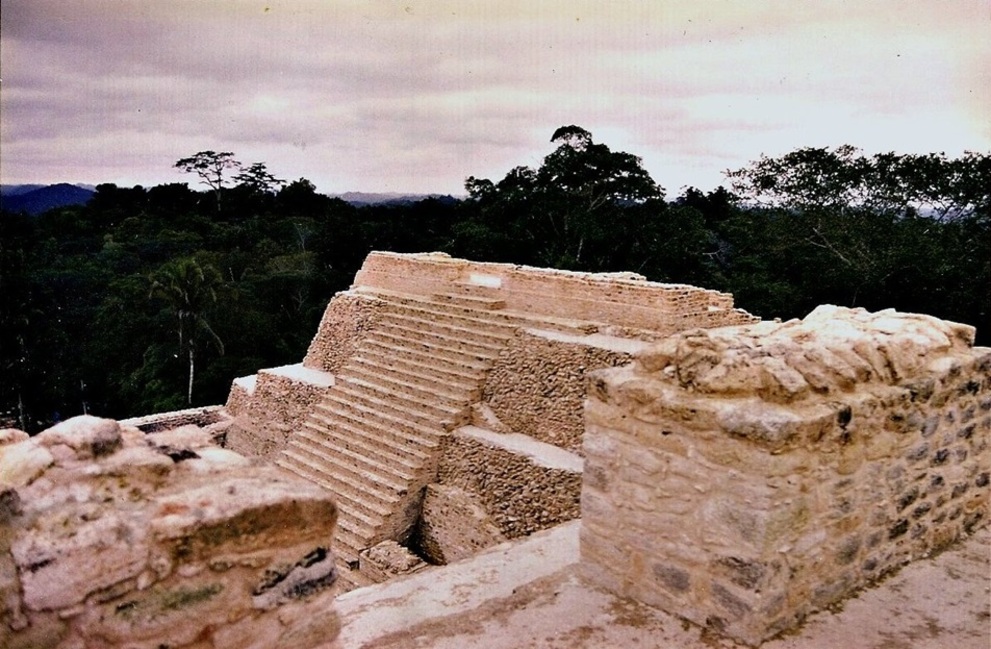
Wikimedia Commons
Governance, money, and the measure of resolve
Grand declarations become durable only when institutions and budgets catch up. AP reported that Mexico, Guatemala, and Belize formed a tri‑national committee this week to draft a one‑month roadmap, spelling out which agencies will lead, how they’ll coordinate, and how the work will be financed. Bárcena projected the countries can marshal about $6 million to get started—seed money in a region where security and livelihoods are as essential as ranger stations.
To keep megaprojects in check, the three governments agreed to create a council of environmental authorities and a parallel Indigenous advisory council; any proposal inside the corridor would have to pass both. Guatemala is contributing the most enormous contiguous swath, encompassing 27 existing protected areas that will serve as the corridor’s backbone, AP noted. Mexico is pledging program dollars and enforcement muscle. Belize brings connective tissue at the peninsula’s eastern edge and the chance to hard‑wire community forest concessions into a tri‑national plan.
These steps can sound bureaucratic. There is also a notable difference between a press conference and a living covenant. “We don’t want it to be just anything there,” Orantes told AP. “We don’t want it to be an international cooperation agenda, nor a business agenda. We want it to be the Maya forest agenda.”
Also Read: Amazon River Island Dispute Spotlights Forgotten Lives at Borders
The words are a north star—and a reminder that the corridor’s success will be measured not only in acreage mapped, but in airstrips reclaimed, forests uncut, and families who can make a dignified living without selling the jungle under their feet. If Mexico, Guatemala, and Belize can align security, science, and social equity at scale, the Maya forest could become a rare thing in a warming world: a cross‑border conservation story that holds.


